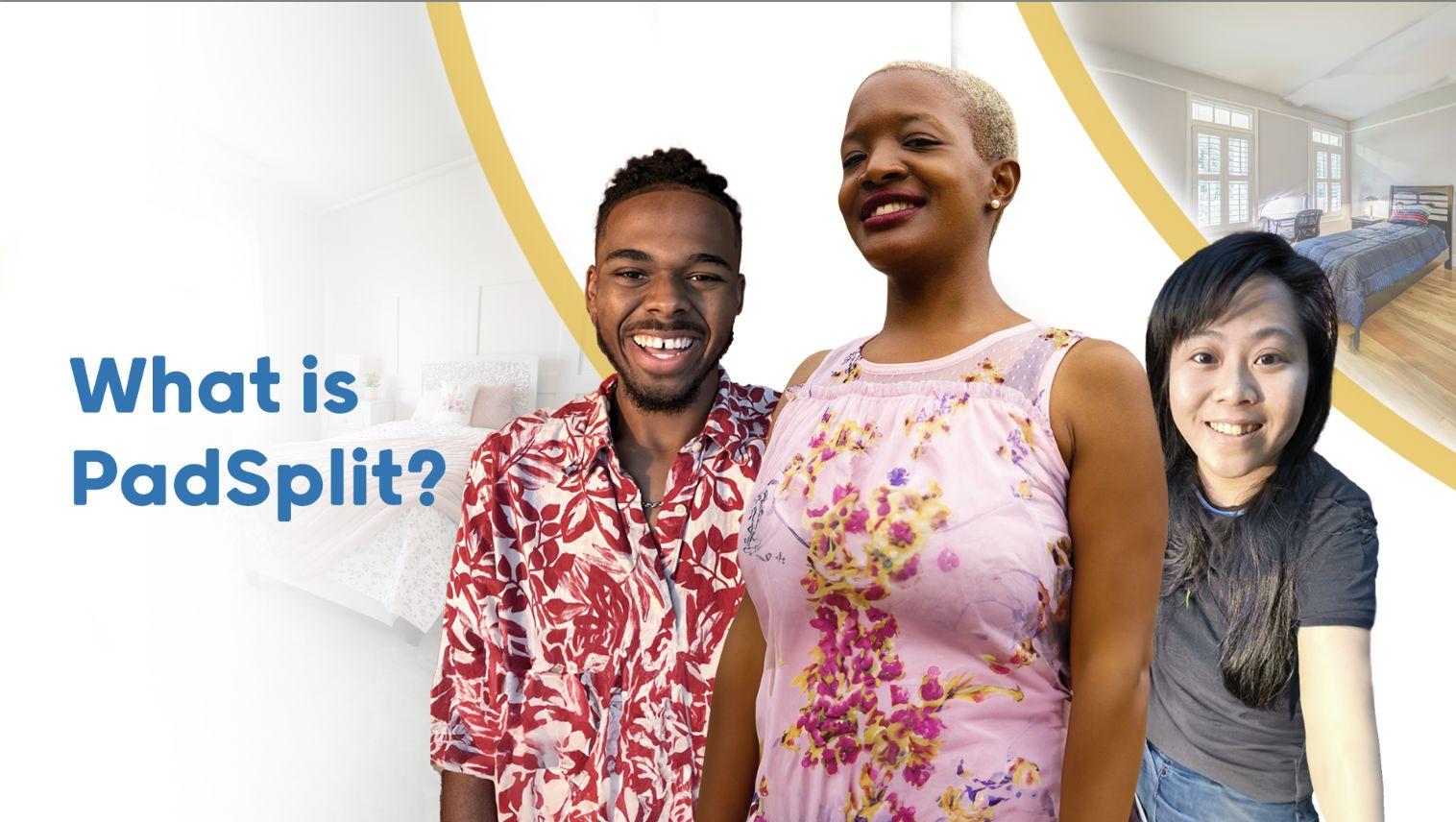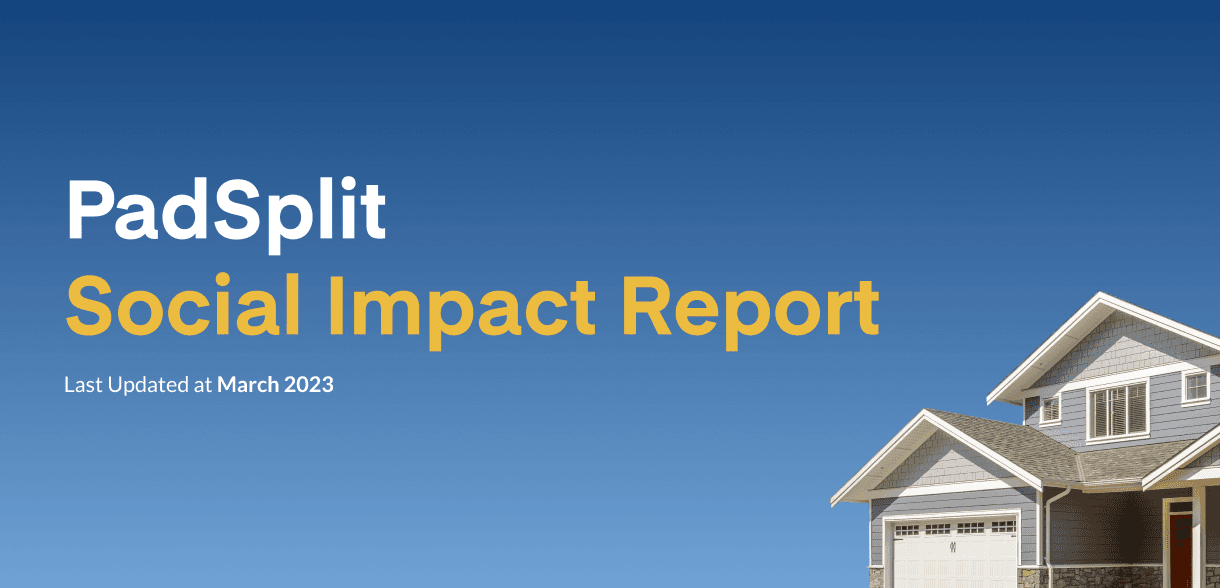In today’s housing landscape, approximately 50% of U.S. rental households face moderate to severe cost burdens in 2024, dedicating a substantial portion of their income to housing expenses. This stark reality underscores the pressing need for accessible housing solutions, with coliving emerging as a compelling answer.
Traditional rent assistance programs, particularly Section 8 vouchers, have long been viewed as a beacon of hope in the increasingly expensive housing market. However, these programs come with significant drawbacks. Applicants often face daunting wait times—reaching up to 8 years in high-demand urban areas—while navigating complex eligibility requirements, limited flexibility, and extensive bureaucratic processes.
For those seeking immediate housing solutions, these obstacles can make traditional assistance programs seem impractical. Enter coliving, particularly through platforms like PadSplit, which offers a more accessible and empowering alternative without bureaucratic complications. The global coliving market’s growth from $13.3 billion in 2022 to a projected $63.8 billion by 2031 demonstrates the increasing demand for such innovative housing solutions.
1. Immediate access to affordable housing
While traditional rent assistance programs involve lengthy waiting periods, paperwork, and eligibility verification, coliving arrangements provide swift access to affordable housing. PadSplit’s model offers flexible move-in options and all-inclusive costs, allowing members to quickly secure private rooms in shared, furnished houses without encountering waitlists or administrative barriers.
The long wait times for rent assistance: A barrier for many people
The Housing Choice Voucher (Section 8) program’s waiting periods present significant challenges nationwide. The average wait time spans approximately 28 months, with many regions experiencing even longer delays:
- Miami-Dade, Florida: 8-year average wait time
- San Diego, California: No tenant-based Section 8 vouchers issued since August 2022
- New York City: Over 274,000 families awaiting public housing as of January 2023
Some states show shorter waiting periods:
- Nebraska and West Virginia: Approximately 9 months
- Alabama: 5 years
- Kentucky: 2 years through the Kentucky Housing Corporation
Wait times vary by assistance type, with vouchers typically requiring 18 months compared to public housing’s 9-month median wait. Requirements like bedroom count can further affect waiting periods, as seen in Maryville, Tennessee, where families wait 1.5 to 2.5 years, depending on their needs.
Only about 25% of eligible households receive federal rental assistance due to funding limitations, leaving many qualified individuals to handle high rental costs independently. Coliving presents a valuable alternative, offering immediate access to affordable rooms without waitlists or bureaucratic delays.
2. Flexible payment options over complex subsidy rules
Unlike rent assistance programs with strict eligibility requirements and property restrictions, coliving offers straightforward, flexible payment structures. Weekly payment options particularly benefit gig economy workers, students, and those in transition who may lack steady monthly income.
3. Built-in community and support networks
Coliving transcends basic shelter by fostering community connections. PadSplit homes feature shared spaces that facilitate social interaction and friendship formation. This environment creates support networks where members can share resources and opportunities, offering social benefits beyond traditional rent assistance.
4. All-inclusive living with fewer unexpected expenses
Independent renting often involves unpredictable costs, even with assistance. Coliving addresses this by bundling essential services—utilities, Wi-Fi, and maintenance—into one payment. PadSplit’s all-inclusive model provides clear expense forecasting and protection from surprise costs.
5. Opportunities for personal growth and financial improvement
Coliving providers like PadSplit often include member support initiatives that enhance financial futures. Free credit reporting allows members to build credit through rent payments, supporting long-term financial stability beyond immediate housing needs.
6. Greater independence and empowerment
Coliving environments promote independence and personal agency. Members actively participate in supportive communities while maintaining payment responsibility, fostering growth and resilience without depending on government programs.
7. Environmentally and socially sustainable living
Coliving spaces maximize resource efficiency through shared facilities and often utilize existing properties, reducing environmental impact. This sustainable approach aligns with modern values while providing affordable housing solutions.
The bottom line: Coliving as a holistic solution
While rent assistance offers temporary financial relief, coliving provides comprehensive housing solutions that address community, financial empowerment, and payment flexibility needs.
Addressing common concerns: Privacy, security, and comfort in coliving
PadSplit prioritizes member comfort and security through private, lockable rooms that balance personal space with community living. Thorough member screening and regular maintenance ensure safe, clean environments that combine shared housing benefits with privacy protection.
Ready for an affordable, immediate housing solution? Try coliving with PadSplit
For those seeking alternatives to lengthy rent assistance waitlists, PadSplit offers flexible, affordable room rentals without long-term commitments. All-inclusive pricing covers essential services while providing community support.
Take the next step:
- Explore available rooms on PadSplit’s website
- Discover membership benefits, including flexible payments and credit reporting
- Join an accessibility-focused housing community
Affordable, convenient housing awaits. Begin your PadSplit journey today and find a housing solution tailored to your needs.


